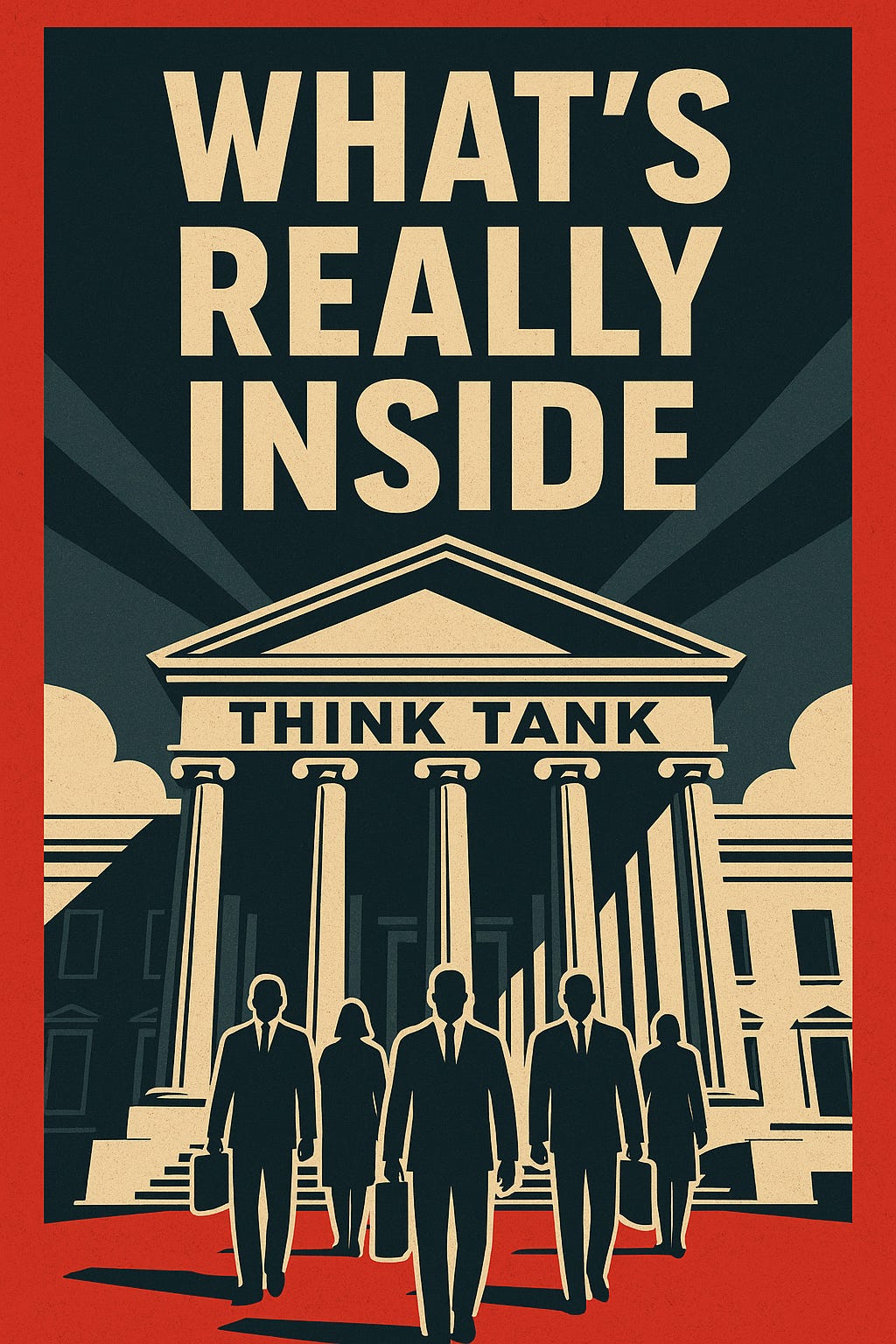Project 2025: The Impact
From Day One changes to long-term power shifts, this is how Project 2025 could reshape America.
Why This Matters
Project 2025 is more than a list of policies. It changes the way the federal government operates. It rewrites rules on who works in it, who controls it, and how fast it can be turned toward a political agenda.
1. Day One Changes
If implemented, the first weeks would see:
Executive orders reclassifying civil service jobs for immediate replacement.
Dismissals of agency leaders and rapid appointment of loyalists.
Pausing or reversing Biden-era rules on climate, labor, and healthcare.
Announcements to restructure or dismantle agencies like Education or Homeland Security.
This early blitz is designed to lock in control before opposition builds.
2. Structural Shifts
Civil Service – Nonpartisan protections would be stripped from thousands of positions. Federal employment would function more like a political appointment system.
Agency Independence – Bodies like the DOJ, FBI, and FTC would be under direct presidential control, ending norms that separate law enforcement from politics.
Size of Government – Certain departments would shrink or disappear. Their programs could be cut, moved to other agencies, or handed to states.
3. How Policy Would Play Out
Environmental – Large cuts to climate programs and environmental enforcement. Expanded oil and gas drilling. Reduced oversight of industrial emissions.
Healthcare – Limits on abortion access nationwide, tighter rules on contraception access, changes to federal health guidelines to align with conservative positions.
Immigration – Increased raids, faster deportations, and tighter asylum rules. A new border enforcement agency with more personnel and broader authority.
Education – Federal role reduced. Civil rights enforcement in schools weakened. DEI and diversity-related grants ended.
Civil Rights – Reduced enforcement of anti-discrimination laws for LGBTQ people. Greater tolerance of religious exemptions in employment and service delivery.
4. Supporters’ View vs. Critics’ View
Supporters say:
Government should reflect the elected president’s agenda without interference.
Bureaucracy is bloated and unaccountable.
Removing ideological programs like DEI is a return to neutrality.
Strong executive control means faster action and clearer accountability.
Critics say:
Centralizing power erodes checks and balances.
Purging civil servants removes expertise and invites corruption.
Policies target specific groups, undermining equal protection.
Weakening independent agencies risks politicized law enforcement.
5. Historical Parallels
United States: The “spoils system” of the 1800s, where political loyalty determined federal jobs.
Other Countries: Moves toward centralized executive control often reduced institutional independence and civil liberties over time.
6. What to Watch in 2025 and 2026
Executive orders on civil service reclassification.
Personnel appointments in DOJ, DHS, and intelligence agencies.
First budget proposal: which programs get cut, which get new funding.
Federal court challenges to agency restructuring and abortion restrictions.
Closing
Project 2025 is not a theory. It is a ready-to-use playbook. The biggest change it proposes is not any single policy, but a shift in how power works inside the U.S. government. Whether that shift is seen as efficiency or authoritarianism depends on the reader’s view of what government should be.

